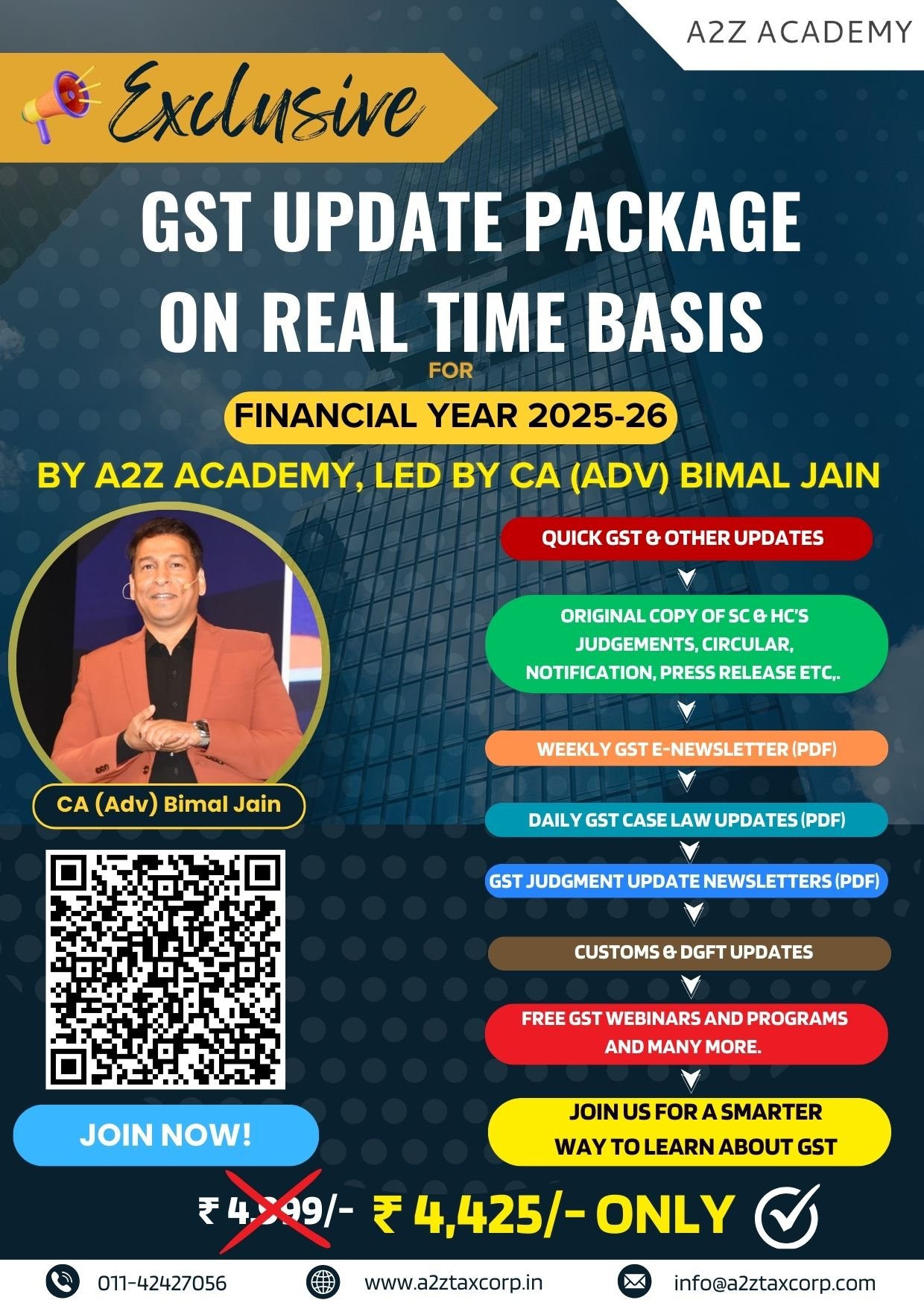
Businesses will adopt to newer rates over a period of time, even as they will have excess credit (of input tax) or lower, for some period, said Sanjay Kumar Agarwal, Chairman, Central Board of Indirect Taxes and Customs (CBIC) on Thursday.
In an interview to Moneycontrol, Agarwal noted that it’s a transition period, under which some businesses may have to incur loss on their margins, while some may gain. He cited an example saying that if a TV is sold from manufacturer to dealer at 28% GST – now in inventory – the dealer will claim ITC at 28%, even as he charges only 18% GST from the customer (as per new rates).
“For some time, the dealer will have excess credit, which will (eventually) get utilised because he is also making some value addition,” said the CBIC Chairman.
Under GST law, ITC is the tax a business has already paid on its purchases of goods or services, which it can use to reduce its tax liability when it sells its own goods or services. It breaks the “tax on tax” chain, making the final price of goods and services more transparent and fairer.
Agarwal also noted that compensation cess liabilities are expected to end by November-December. “I don’t think there will be any surplus amount left (after repayment). If at all there is, it will be distributed between Centre and states,” he noted.
The compensation cess, introduced in July 2017, was designed to make up for state revenue losses during the initial five years of GST implementation. The GST (Compensation to States) Act, 2017 was enacted to ensure that the Centre should provide compensation to states—for a period of five years from the implementation of GST (July 1, 2017)—to make sure that each state’s tax revenue grow by 14 percent annually over a base year of 2015-16.
The legal window for compensation ended in June 2022, but the levy was extended until March 2026 to service loans raised during the pandemic years when revenues sharply declined.
Edited Excerpts:
Once the new rates are in place, what will happened to the accumulated input tax credit based on old rates?
The input tax credit (ITC) is claimed on the basis of tax paid. If the tax is paid on older rates, then ITC will be claimed on that rate only. From September 22nd, goods will be applicable on new GST rates.
For example, if a TV is sold from manufacturer to dealer at 28% GST. The dealer will claim ITC at 28%. But when he will sell to consumer, he will charge only 18% (new rates). On that basis, he will discharge his liabilities, either from ITC or if the ITC is fully exhausted, he will make the payment in cash.
In this case, the dealer will have excess credit, as he claimed ITC on 28% rate, while he collected merely 18% from the customer. This can be reverse, in other cases, where manufacturer pays less input tax.
Over a period of time, factory will also start selling at 18%, and this issue of loss or gain will be resolved. For some time, the dealer will have excess credit, which will get utilised because he is also making some value addition.
GST Council has recommended the current tax rate (GST and compensation cess) to continue on tobacco and related products until the cess liabilities are completely discharged. This means, the new GST rate on bidi, which has been lowered to 18% from 28%, will not be applicable from September 22nd, until the cess continues?
Yes. Until cess is repaid, bidi will continue to attract the current rates. The Finance Minister will eventually decide the actual date of transition to the revised rates of GST on tobacco and related products, including bidi.
FM said that compensation cess liabilities would be discharged by the end of the Calendar year? Can you tell a date, and will there be any surplus?
We feel the compensation cess (being collected to repay loans) liabilities will end by November-December. I don’t think there will be any surplus amount left (after repayment). If at all there is, it will be distributed between Centre and states.
By when we can expect the notification and other guidelines with respect to inverted duty structure-linked refunds, to put them on fast-track basis?
For that the IT systems need to be developed, but I hope from November 1st the refunds are issued on fast-track basis.
The government has announced the change in place of supply of “intermediary services” to benefit exporters. Is the change prospective or retrospective?
The change as prescribed by the Council, will take through amendment in IGST Act, 2017, which will be introduced in the Budget. Since, it’s of substantial nature, it will be prospective. This will help Indian exporters of such (intermediary) services to claim export benefits, such as getting a refund of the GST paid on their inputs or exporting the services without paying any tax.
The special rate of 40% has now been recommended. The GST law also provides that a maximum rate of 40% can only exist. Is there any thought to raise this ceiling?
We should maintain self-discipline. We should not be a country where we don’t maintain self-discipline. If the 40% ceiling was put in the law, during 2016, it was done after a lot of thought. Once you put something in law, you shouldn’t frequently change it.
Do you feel the indirect tax target of Rs 11.78 lakh crore will be met this year, after rate rationalisation?
I can’t say for sure. The rate cuts will lead to higher consumption, and better compliance, that will fetch some revenue. But I can’t estimate right now whether or not the target will be met.


